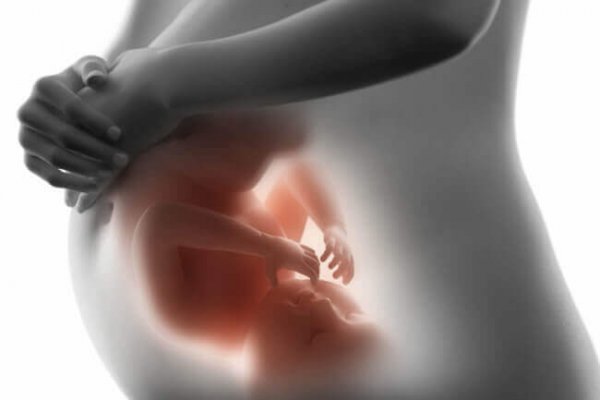Why Parents Hold their Babies by Their Left Side

A simple, yet enigmatic, fact: many mothers notice that their babies calm down when they hold them by their left side. Humans are the most fragile when they’re born and take a lot of time to fend for themselves.
Human mothers have a more active role in their children’s nurturing process during their first months of life. For example, maybe the baby has problems attaching themselves to the nipple, so their mother needs to help them.
Some studies conducted in the United States and published by Desmond Morris in his book The Naked Ape found that babies calm down when you hold them by your left side. Unconsciously, over 80% of mothers do this. But why?
“Babies are the buds of life, ready to bloom like a fresh flower to refresh humanity.”
-Debasish Mridha-

Holding babies by your left side
Studies conducted in the United States concluded that mothers held their babies by their left side and leaned them on that side of their body, so their right hand is free. Most mothers were right-handed, and researches thought that was the reason why they held their babies by their left side.
However, other studies with left-handed mothers wanted to see if they’d hold their babies by their right side. In the end, 78% of left-handed mothers also held their babies by their left side. This ruled out the former hypothesis.
Later on, it became clear to researchers that this wasn’t just a simple gesture, as it also affects babies. The study found that babies calm down sooner when they’re held by their left side. This was an interesting conclusion.

Why do babies calm down faster in this position?
As the studies went on, researches reached an interesting hypothesis. Everything suggests that when the baby is in the womb, they’re fixated on their mother’s heartbeat.
In the womb, which is everything they’ve known so far, that heartbeat is a part of their world. When the baby is born, they need to adapt to a different world. For the baby, all these stimuli can be amazing and unpleasant at the same time. There’s no other place as quiet and safe than their mother’s womb.
Although it’s possible that some aspects from the outside world remind them of the womb, nothing can match that heartbeat. When mothers hold their children by their left side, they listen to their heartbeat again. It’s a familiar sound that makes them feel safer. That’s why babies calm down sooner in that position.

Interesting facts about these studies
The experiments published by Morris corroborate the hypothesis that babies calm down sooner when they’re held by their parents’ left side.
In a hospital’s children’s ward, babies were split into two groups, with nine babies each. One of the groups was played a recording of a human heartbeat, while the other wasn’t.
Babies in the silent group were up to 60% restless. Of the other group, only 38% of the babies were restless. Besides, this last group showed an increase in their weight. In a similar experiment, the children that listened to the heartbeat fell asleep faster than those who didn’t.
Some experts believe that these primal feelings give way to our tendency of placing our feelings on our hearts, rather than on our brains.
Likewise, music with similar rhythms to a heartbeat can be relaxing for adults. There are feelings you’re born with that are there to stay.
All cited sources were thoroughly reviewed by our team to ensure their quality, reliability, currency, and validity. The bibliography of this article was considered reliable and of academic or scientific accuracy.
Maldonado, M., Lecannelier, F., & Lartigue, T. (2008). Aspectos evolutivos de la relación madre-bebé. Perinatología y reproducción humana, 22(1), 15-25.
This text is provided for informational purposes only and does not replace consultation with a professional. If in doubt, consult your specialist.








